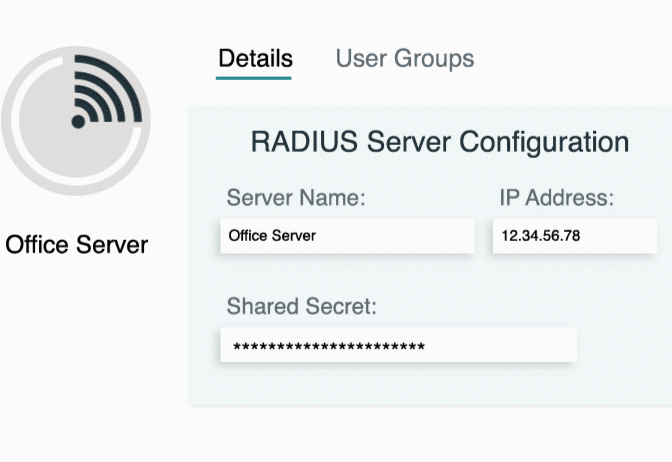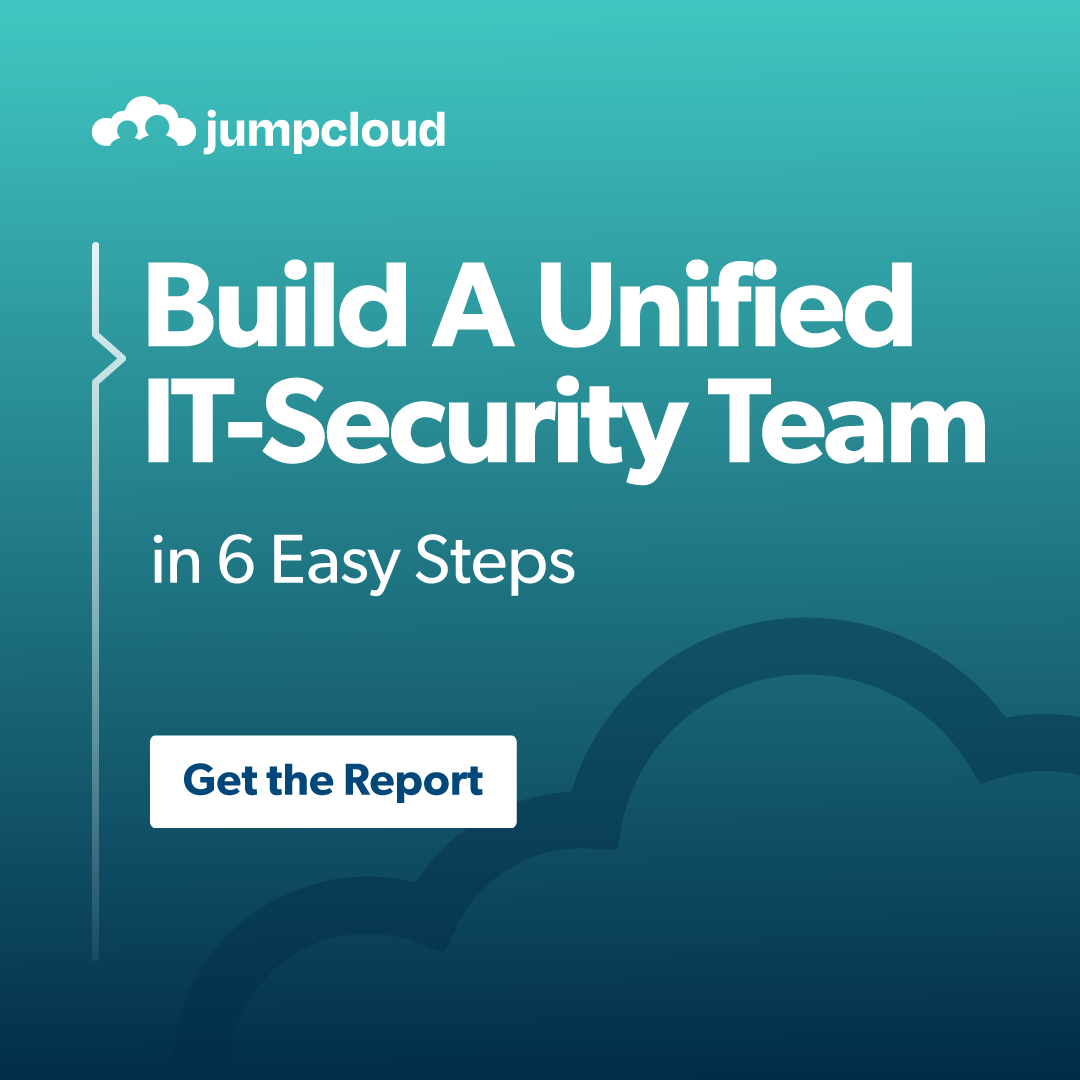Updated on June 30, 2025
Secure authentication is a must for modern IT systems, and RADIUS protocols play a key role in controlling network access. However, new threats have revealed weaknesses in RADIUS, making it more important than ever to strengthen your setup.
This guide breaks down the vulnerabilities, highlights emerging threats, and provides practical steps to secure your RADIUS implementation.
Understanding RADIUS’s Vulnerability Landscape
Legacy Design Weaknesses
- Reliance on UDP: RADIUS primarily uses UDP, which is lightweight and fast but connectionless. This transport choice, combined with the lack of inherent payload encryption in traditional RADIUS, makes its messages susceptible to passive sniffing, spoofing, and interception, unlike protocols that mandate transport-layer security like TLS.
- MD5 for Shared Secrets and Message Integrity: RADIUS historically uses MD5 hashing for shared secrets and message integrity checks (e.g., the Response Authenticator). However, MD5 is now considered cryptographically weak and vulnerable to various attacks, including chosen-prefix collisions and preimage attacks, which can lead to message forgery and even compromise of password obfuscation, thereby undermining message integrity and confidentiality.
- No Built-In Server Authentication: Traditional RADIUS client-server communication lacks inherent mutual authentication mechanisms. The client cannot cryptographically verify the RADIUS server’s identity beyond relying on the shared secret, making it highly susceptible to impersonation attacks where a rogue server can trick clients into sending credentials.
Basic Threats Still Loom
While advanced threats garner much of the attention, basic security oversights continue to pose risks.
Brute-Force Attacks
Despite advancements in authentication technologies, brute-force attacks remain a prevalent risk. Attackers attempt to guess user credentials through exhaustive combinations. Without account lockouts or rate-limiting measures, RADIUS servers can become a soft target.
Weak Shared Secrets
The use of weak, predictable, or reused RADIUS shared secrets compromises message integrity and facilitates message forgeries. This remains one of the most critical vulnerabilities in RADIUS configurations.
Sophisticated Modern Threats to RADIUS
More sophisticated attacks exploit RADIUS’s legacy weaknesses and leverage advanced techniques to compromise infrastructures.
Man-in-the-Middle (MitM) Attacks
MitM attacks intercept and manipulate the communication between RADIUS clients (Network Access Devices, or NADs) and servers. Methods used include:
- ARP and DNS Spoofing: Attackers redirect traffic by spoofing ARP mappings or falsifying DNS records to extract details or inject malicious data.
- Rogue Access Points (APs): Attackers set up rogue APs that mimic legitimate wireless networks to intercept RADIUS authentication traffic.
- BlastRADIUS Forgery: Exploits MD5 weaknesses to forge RADIUS Access-Accept or Access-Reject messages, enabling unauthorized network access without the shared secret.
- MFA Bypass: Attackers intercept multi-factor authentication (MFA) challenges to gain system access, bypassing additional security layers.
Credential Capture
Incomplete encryption protocols or weak configurations facilitate credential theft through:
- Passive Sniffing: Monitoring network traffic to capture credentials. Attackers can access and crack stored hashes or plaintext passwords if encryption is weak.
- Active Exploitation: Exploiting vulnerabilities in RADIUS implementations to obtain usable credentials.
Downgrade Attacks
Adversaries force clients or servers to fallback to less secure authentication methods, such as PAP (Password Authentication Protocol), compromising security. Without secure protocol negotiation, entire networks become exposed to attack.
Hardening Your RADIUS Infrastructure
A multi-pronged security strategy is the best defense against these threats. Here are practical, high-impact steps to secure your RADIUS implementation.
Prioritize Strong Authentication Methods (EAP-TLS)
- What It Is: EAP-TLS (Extensible Authentication Protocol–Transport Layer Security) is a protocol that uses digital certificates for mutual authentication between clients and servers.
- How It Mitigates: With no reliance on passwords, EAP-TLS eliminates the risk of credential theft and protects against phishing attacks. Strong server authentication further prevents MitM attacks.
- Implementation: Deploy a PKI (Public Key Infrastructure) to issue and manage certificates for clients and servers. Ensure all endpoints are configured to require certificate validation.
Implement RADIUS over TLS (RadSec)
- What It Is: RadSec encapsulates RADIUS communications within a TLS-encrypted tunnel, typically via TCP port 2083.
- How It Mitigates: RadSec prevents passive sniffing, mitigates MitM attacks, and ensures server authentication, even if MD5 is still used internally for message integrity.
- Implementation: Transition to RadSec-compatible clients and servers. Enforce certificate validation for TLS connections.
Enforce Strong, Unique RADIUS Shared Secrets
- What It Is: Use complex, randomly generated secrets (16–32 characters) for each NAD.
- How It Mitigates: Strong shared secrets ensure message integrity, resist brute-force attempts, and prevent forgery attacks.
- Implementation: Regularly audit and rotate shared secrets. Refrain from reusing secrets across multiple devices.
Network Segmentation and Isolation
- What It Is: Isolate RADIUS components on dedicated network segments with restricted access.
- How It Mitigates: Restricting access limits exposure to unauthorized devices or external threats.
- Implementation: Use VLANs, subnetting, and firewalls to separate RADIUS infrastructure. Restrict access to ports 1812/1813 (UDP/TCP) and 2083 (TLS).
Implement Robust Account Lockout and Rate Limiting
- What It Is: Set limits on authentication attempts and lock accounts after repeated failures.
- How It Mitigates: Thwarts brute-force and password spraying attempts.
- Implementation: Configure account policies on both the RADIUS server and NADs to enforce lockout and rate-limiting.
Regular Auditing and Monitoring
- What It Is: Centralize logs in a Security Information and Event Management (SIEM) system.
- How It Mitigates: Detects anomalies and provides forensic data for attack identification.
- Implementation: Monitor failed login attempts, unusual traffic patterns, and access requests from unverified devices.
Keep Software Updated
- What It Is: Patch servers, clients (NADs), and OSs regularly.
- How It Mitigates: Addresses vulnerabilities that attackers may exploit.
- Implementation: Maintain an update schedule and use automated tools to ensure compliance.
Leverage Certificate Management (PKI)
- What It Is: Use PKI to issue and manage certificates for authentication and encryption.
- How It Mitigates: Guarantees trust between entities and facilitates secure connections.
- Implementation: Establish robust processes for distributing and revoking certificates to maintain system integrity.
RADIUS Security is a Continuous Process
RADIUS remains a foundational protocol for securing network access control, but its vulnerabilities demand a proactive approach. Prioritizing strong user and server authentication, encrypting communication, and locking down network access are critical steps to mitigate both foundational and sophisticated threats. Maintain vigilance through continuous monitoring and regular updates, and ensure that your defenses evolve in tandem with emerging security challenges. Try an interactive JumpCloud demo or contact sales to learn more about how we can help you deploy cloud-based RADIUS that provides secure, seamless authentication.





